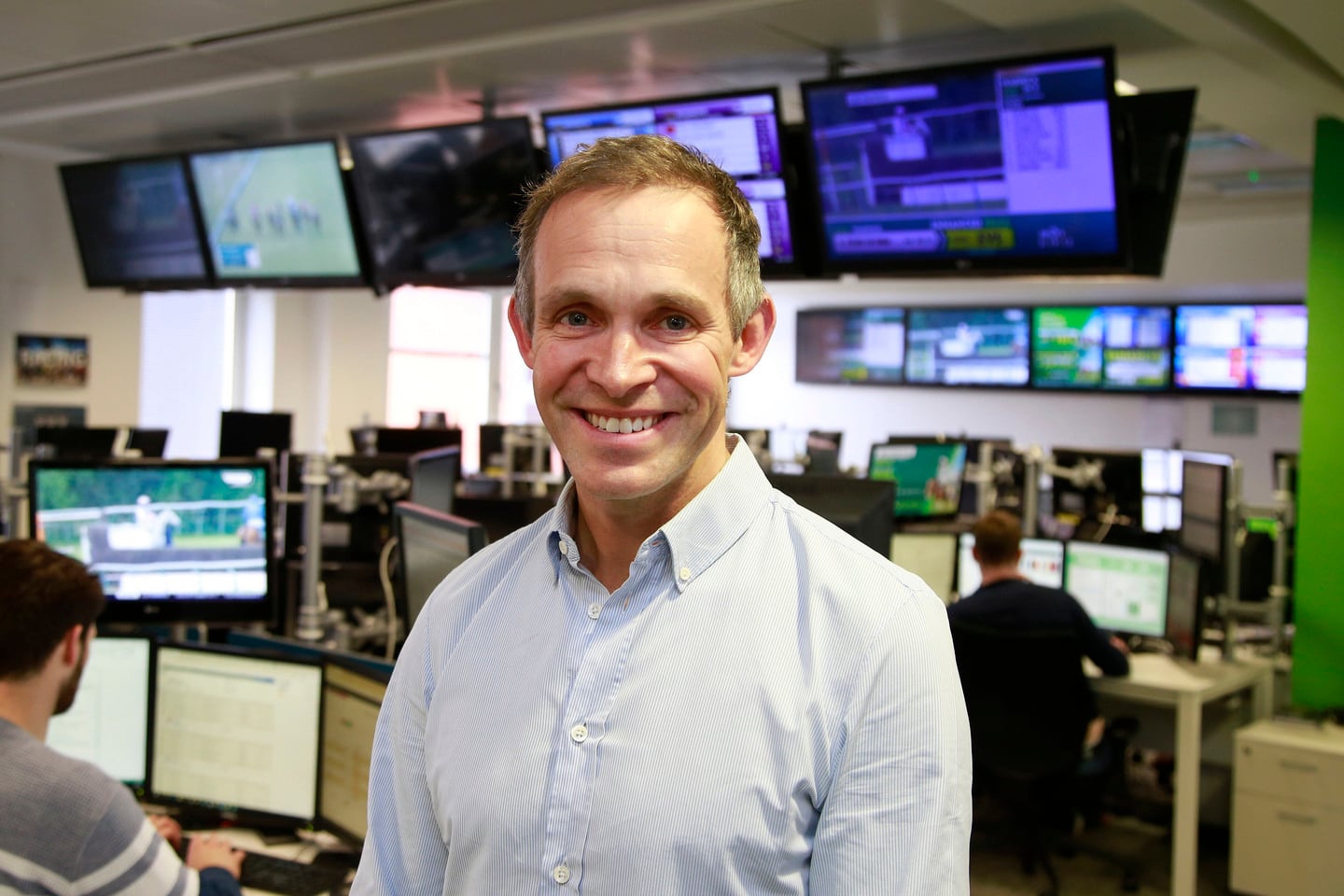The European Central Bank (ECB) will not begin cutting interest rates until the middle of next year but the euro zone economy is unlikely to experience a sharp recession and is headed for a “soft landing” as inflation subsides and demand picks up again.
That’s according to Ruben Segura-Cayuela, head of Europe economics research with Bank of America.
On a visit to Dublin last week, Mr Segura-Cayuela said he expected Frankfurt to start bringing rates back down from June of next year.
“It’s going to be very hard to have cuts earlier than that as the ECB wants to see what happens to wages in 2024,” he said, noting that wage growth will have to moderate definitively for ECB policymakers to feel they are winning the inflation battle.
READ MORE
“I would expect the cutting cycle to start by June 2024,” he said. “I would expect them to start slow, one cut per quarter throughout the remainder of 2024 and 2025,” Mr Segura-Cayuela said.
However, he said Bank of America was forecasting “an inflation undershoot” in 2025 – meaning it will fall under the ECB’s 2 per cent target rate – and therefore “there is a significant probability that by then you will see much faster cuts”.
The US bank is forecasting inflation in the euro zone to fall to as low as 1.5 per cent in 2025.
The ECB has raised interest rates 10 times in the last 17 months – from zero to 4.5 per cent – in the biggest and most rapid period of monetary tightening ever undertaken by the central bank.
Mr Segura-Cayuela said 80 per cent of the “heavy lifting” in terms of taming inflation had already been achieved.
“You’re not going to see that in year-on-year rates but when you look at inflation the right way, you can see disinflation has gone 75-80 per cent of the way to where it needs to be,” he said, noting the momentum and the monthly rates in Europe are not running far in excess of the 2 per cent target rate.
He also highlighted that Europe was leading the way in terms of disinflation in the services sector, where inflation is considered to be most sticky.
[ Dublin house prices decline by 1.9% as higher interest rates deter buyersOpens in new window ]
Mr Segura-Cayuela said there was a misunderstanding about the way the shock that came with the war in Ukraine would operate through the euro zone economy, with some commentators having expected “an abrupt recession and a strong rebound”.
“What the war in Ukraine brought to Europe was a permanent income shock ... we are going to be paying more for stuff like energy and food at least until we fully finalise the green transition,” he said. “That permanent income shock has a persistent impact on activity. It shifts the whole activity profile lower; it doesn’t create a V-shaped shock, however,” he said.
Bank of America is expecting growth rates – for the euro zone – to be close to zero for the next two or three quarters. This might include a technical recession but it is consistent with a soft landing, Mr Segura-Cayuela said.
“Once you get to late 2024/25 and you start seeing a bit of an acceleration in the global economy because China starts doing a bit better, if we start seeing cuts from the ECB and if inflation keeps coming down, we can get a bit of an acceleration in the euro area economy,” he said.














